Disclosure: This article contains affiliate links. We may earn a commission from purchases at no extra cost to you, which helps our travel content.
The ambulance siren wailed through Halifax's winter streets as I rushed another hypothermia case to the ER last December. As the snow piled outside, I made a decision: I needed heat, adventure, and something completely different. Two weeks later, I was touching down in Georgetown, Guyana—a place where my emergency medical skills would be safely tucked away (though never fully dormant) and my ancestral connection to indigenous wisdom could flourish. South America's only English-speaking country offers a fascinating blend of Caribbean culture, colonial architecture, and pristine rainforest access—all at prices that make budget travelers rejoice. With careful planning and local insights I'm about to share, you can experience this underrated gem for under $500 for an entire week. Georgetown isn't on most travelers' radar, which is precisely why you should go now, before that changes.
Finding Your Place: Budget Accommodation That Doesn't Sacrifice Safety
As someone who's responded to emergencies in sketchy hostels, I've developed a sixth sense for accommodation that balances affordability with safety. In Georgetown, this sweet spot exists in several forms.
My top recommendation is Rima Guesthouse in the Queenstown neighborhood, where I paid just $18/night for a simple but clean private room with a fan. The owner, Ms. Indira, treats guests like family, offering insider safety tips and even inviting me to join her family for a traditional Guyanese breakfast one morning. The courtyard features medicinal plants that reminded me of those my Mi'kmaq grandmother once used—including soursop leaves, which locals brew as tea for relaxation.
For those seeking even deeper budget options, The Armoury Hostel offers dorm beds from $12/night in a converted colonial building. While basic, its central location near Stabroek Market means you're walking distance from most attractions.
Before booking anywhere, I recommend downloading maps offline using a reliable portable charger to ensure you're never without navigation in a city where street signs can be sporadic. During my stay, this compact power bank saved me multiple times when exploring Georgetown's more remote corners.
One unexpected accommodation option I discovered through local EMTs I met (emergency medical personnel find each other everywhere!) was homestays arranged through the Guyana Tourism Authority for around $25/night, including breakfast. These provide cultural immersion you simply can't get elsewhere.
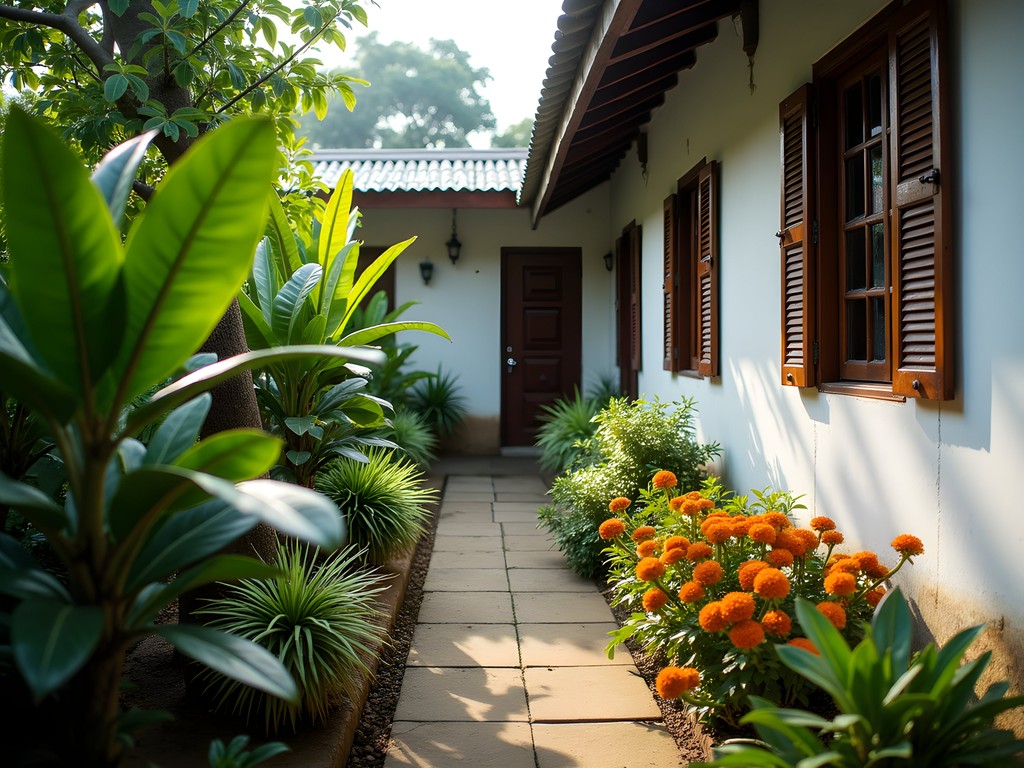
💡 Pro Tips
- Always request a room with a ceiling fan—Georgetown's humidity can be intense even in winter
- Most budget accommodations don't accept credit cards, so bring enough cash for at least your first two nights
- If staying in Queenstown or Kitty neighborhoods, you're within safe walking distance of most attractions during daylight hours
Street Food Safari: Eating Well on $10/Day
My EMT background has trained me to be hyper-aware of what goes into my body, but it's also taught me that sometimes the most nourishing experiences come from unexpected places. Georgetown's food scene is a testament to this paradox.
At Stabroek Market, the pulsing heart of Georgetown's culinary landscape, I discovered that $2-3 buys a hearty meal of cook-up rice (rice with beans and various meats) or curry with roti that fueled hours of exploration. The sacred geometry of how vendors arrange their stalls—in patterns that optimize both crowd flow and energy exchange—wasn't lost on me. It reminded me of how emergency rooms are designed for maximum efficiency.
My daily ritual became stopping at a different food stall each morning for bake and saltfish ($1-2), a breakfast that sustained local laborers for generations. The dense bread paired with protein-rich fish creates a slow-release energy source perfect for long walking days.
For lunch, seek out the pepper pot, a traditional Amerindian meat stew preserved with cassareep (a bitter cassava extract). At around $3-4 from local spots like German's Restaurant, this dish connects directly to indigenous food preservation techniques that predate refrigeration—something my Mi'kmaq ancestors would recognize.
One unexpected discovery was the abundance of fresh coconut water vendors. At $1 per coconut, this natural electrolyte solution is better than any sports drink for staying hydrated in Georgetown's heat. As someone who's administered countless IV bags to dehydrated patients, trust me when I say prevention through regular coconut water consumption is your best strategy.
For documenting these culinary adventures, my waterproof phone case proved invaluable during sudden tropical downpours and when navigating the splashing waters of the market's fish section. It protected my phone while allowing clear photos of every delicious discovery.
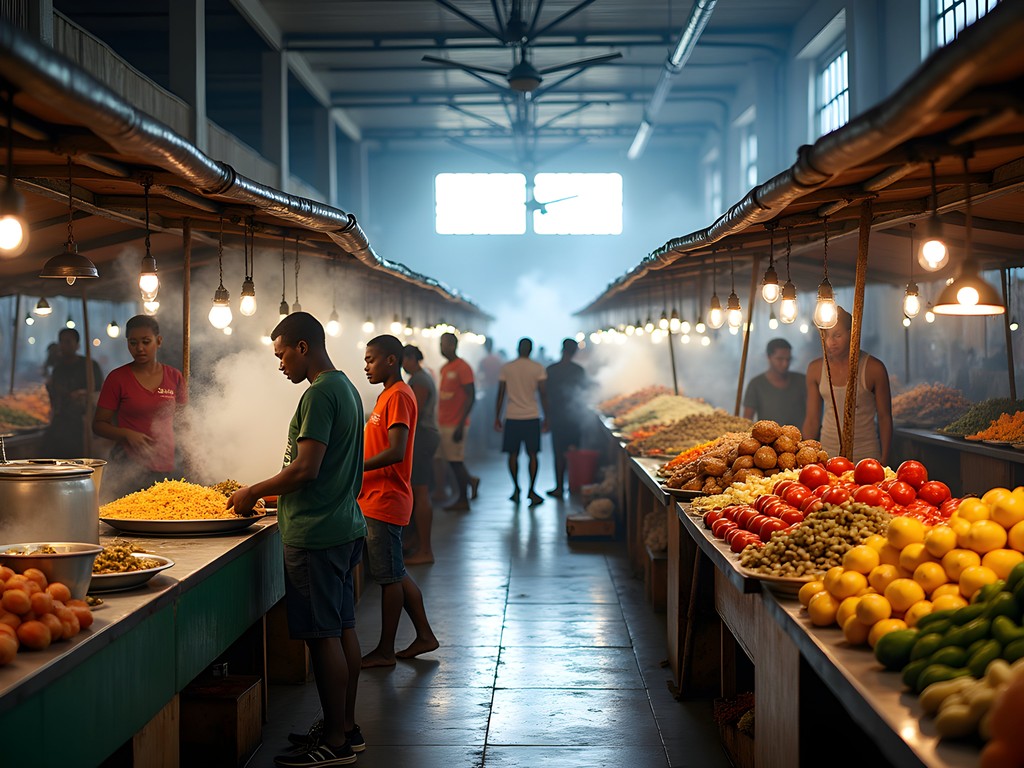
💡 Pro Tips
- Look for food stalls with high turnover—they have the freshest ingredients and least risk of foodborne illness
- Carry a reusable water bottle with a built-in filter to save money and reduce plastic waste
- Try pine tart and cassava pone from local bakeries—sweet treats under $1 that provide quick energy for afternoon exploration
Sacred Spaces and Free Exploration: Georgetown's Architectural Wonders
Georgetown offers a remarkable collection of wooden colonial architecture that tells the story of its complex history—and most of it can be appreciated completely free of charge. As someone fascinated by sacred geometry, I found myself drawn to the city's places of worship, each embodying different cultural influences yet sharing common mathematical principles in their design.
St. George's Anglican Cathedral, built entirely of wood and standing nearly 44 meters tall, operates on the same sacred proportions found in many healing spaces worldwide. I spent a meditative hour sketching its arches, noting how the patterns created natural focal points that guide the eye upward—a technique my research shows can actually lower blood pressure. Entry is by donation (I suggest $2).
Just as impressive is the Queenstown Jama Masjid, where I was welcomed warmly after respectfully covering my hair with a light travel scarf I always pack for such occasions. The geometric patterns in Islamic art here demonstrate perfect mathematical harmony that transcends cultural boundaries.
Between these architectural explorations, I wandered the Promenade Gardens, where I practiced the grounding technique I teach to anxiety patients: five things you can see, four you can touch, three you can hear, two you can smell, and one you can taste. In this garden, with its careful symmetry and exotic blooms, the exercise became a profound meditation on place and presence.
For those interested in how indigenous wisdom intersects with colonial history, the Walter Roth Museum of Anthropology (free entry, suggested donation $3) houses artifacts from Guyana's nine indigenous tribes. The traditional healing implements displayed there connected directly to some practices my grandmother described from Mi'kmaq tradition—a reminder that indigenous knowledge often follows parallel paths across continents.
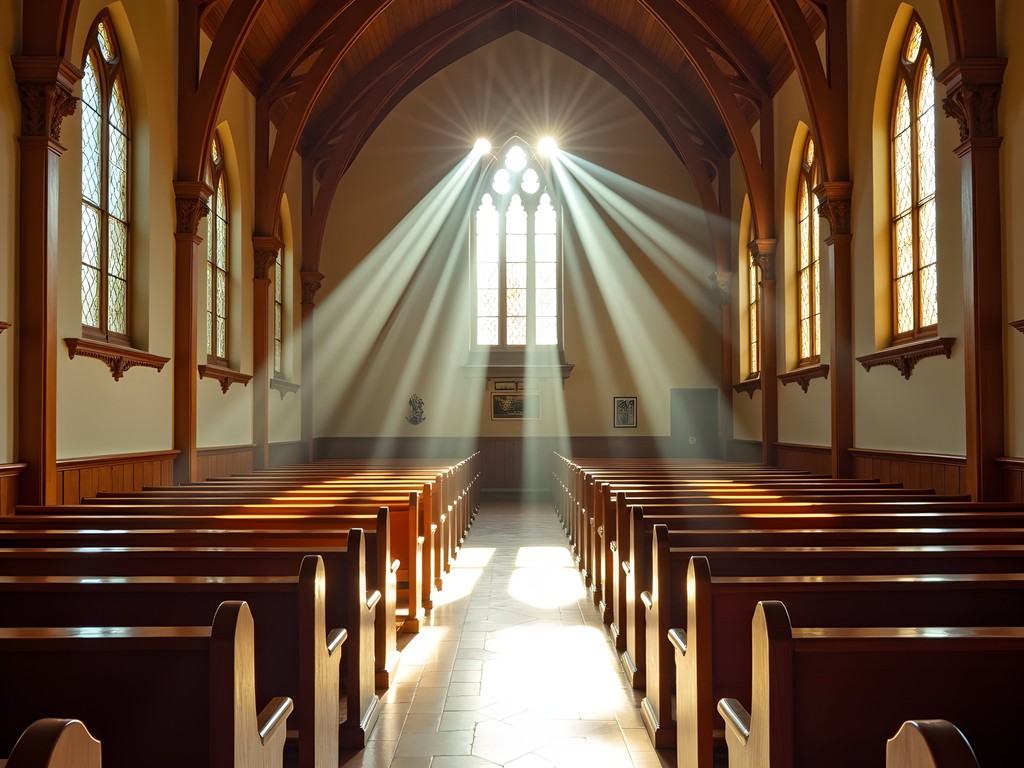
💡 Pro Tips
- Visit St. George's Cathedral early morning when light streams through the wooden structure in spectacular ways
- Many religious sites require covered shoulders and knees—pack a light sarong that can serve multiple purposes
- The National Library offers free Wi-Fi in a gorgeous historic building—perfect for planning your next day's adventures
Day Trips and Natural Wonders: Stretching Your Budget Beyond the City
While Georgetown itself offers plenty to explore on a budget, some of Guyana's most transformative experiences lie just beyond the city limits and are accessible without breaking your budget.
The most affordable day trip is to the Botanical Gardens and Zoo ($5 entry), where I spent hours documenting medicinal plants similar to those used in traditional Mi'kmaq healing. The sacred geometry of how certain plants grow—spiral patterns that follow the Fibonacci sequence—reminded me of the universal principles that connect all healing traditions. The manatees in the canals were an unexpected highlight, their slow, deliberate movements a lesson in presence I try to bring to my emergency response work.
For a more ambitious excursion, I arranged a shared boat trip to Sloth Island Nature Reserve ($35 including transport and lunch) through my guesthouse. Here, the three-toed sloths embody a pace of life diametrically opposed to my usual emergency response rhythm—a reminder that sometimes healing requires slowing down rather than rushing in. The boat journey itself offered views of local fishing techniques unchanged for centuries.
The most budget-friendly natural experience was the seawall at dawn. This 280-mile sea defense offers a gathering place where locals practice yoga, meditation, and tai chi as the sun rises. Joining them costs nothing but rewards you with community connection and spectacular views. I brought my travel yoga mat for these morning sessions, which packs down small enough to fit in my daypack yet provides enough cushioning for comfort on the concrete seawall.
For those willing to splurge slightly, a day trip to Kaieteur Falls—the world's largest single-drop waterfall—costs around $180 through local operators. While this exceeds daily budget parameters, the perspective gained from witnessing such raw natural power creates the kind of awe that research shows can reduce inflammation and stress hormones—sometimes financial investment in experiences yields health returns that can't be measured in dollars.
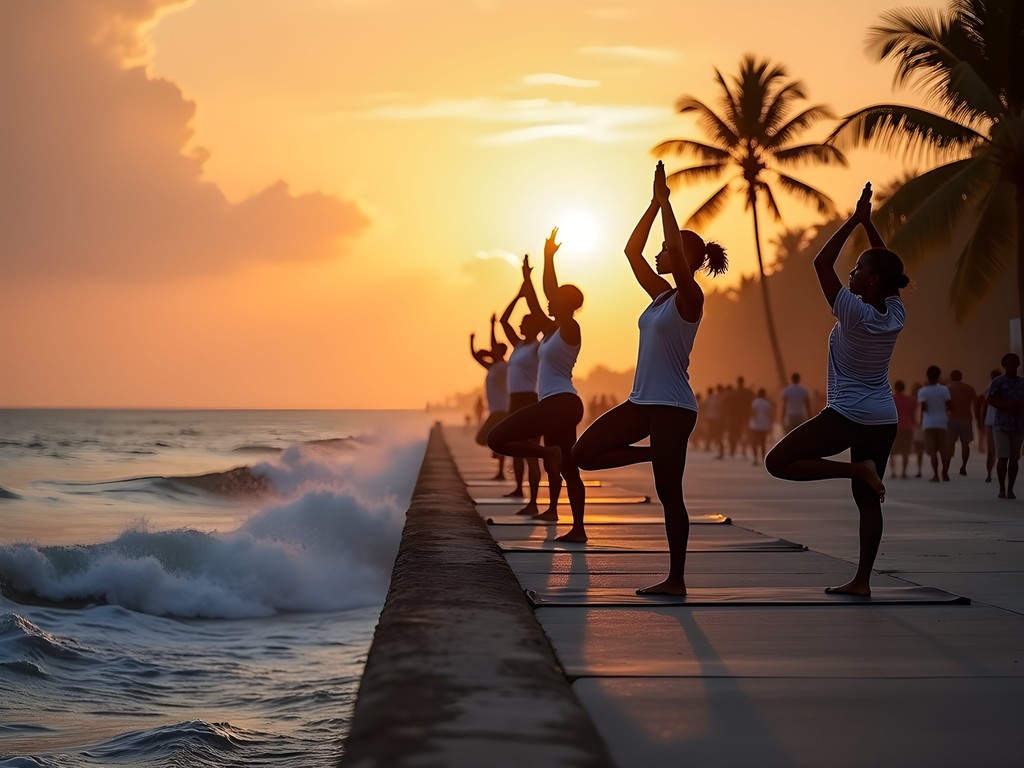
💡 Pro Tips
- Book day trips through local guesthouses rather than online to save 30-40% on listed prices
- Pack a small first aid kit for day trips—as an EMT, I've found antihistamines particularly useful in tropical environments
- When visiting nature reserves, bring twice as much water as you think you'll need—dehydration happens quickly in Guyana's climate
Cultural Immersion: Connecting with Georgetown's Soul
The true wealth of Georgetown isn't found in its buildings or attractions but in its people and living traditions. As someone whose own identity bridges different cultural heritages, I found profound connection in Georgetown's multicultural fabric.
One of my most meaningful experiences cost absolutely nothing: joining a drumming circle at the Umana Yana, a conical thatched structure built by Wai-Wai indigenous people. The sacred geometry of participants arranged in a circle, creating sound waves that synchronize heartbeats, demonstrates how traditional practices encode scientific principles of wellness. Research shows that communal drumming can actually reduce stress hormones and boost immune function—something I've seen validated in both emergency medicine and traditional healing contexts.
For around $5, I attended a rehearsal of the Guyana Police Force Band at Eve Leary. Their fusion of British military music with Caribbean rhythms perfectly encapsulates Georgetown's colonial history and vibrant present. The mathematical precision of their formations—another example of sacred geometry in cultural practice—creates visual harmony that complements their music.
To understand Georgetown's complex relationship with water—both blessing and threat in this below-sea-level city—I took a $3 minibus to the Hope Canal and Conservancy Dam. Here, engineers explained how traditional knowledge of water management has been incorporated into modern flood prevention systems, a perfect metaphor for how ancestral wisdom remains relevant in contemporary challenges.
Perhaps my most budget-friendly cultural immersion came through conversations at Demico House, a local coffee shop where $2 buys a strong Guyanese coffee and hours of people-watching. Here, I met local writers, artists, and everyday philosophers whose perspectives on Guyana's rapid changes offered insights no guidebook could provide.
For evening entertainment, check the notices at the National Cultural Centre for free or low-cost performances. I caught a steel pan competition that demonstrated how colonial-era restrictions (the banning of traditional drums) led to magnificent innovation (the creation of instruments from discarded oil drums)—a powerful reminder that resilience often births beauty.
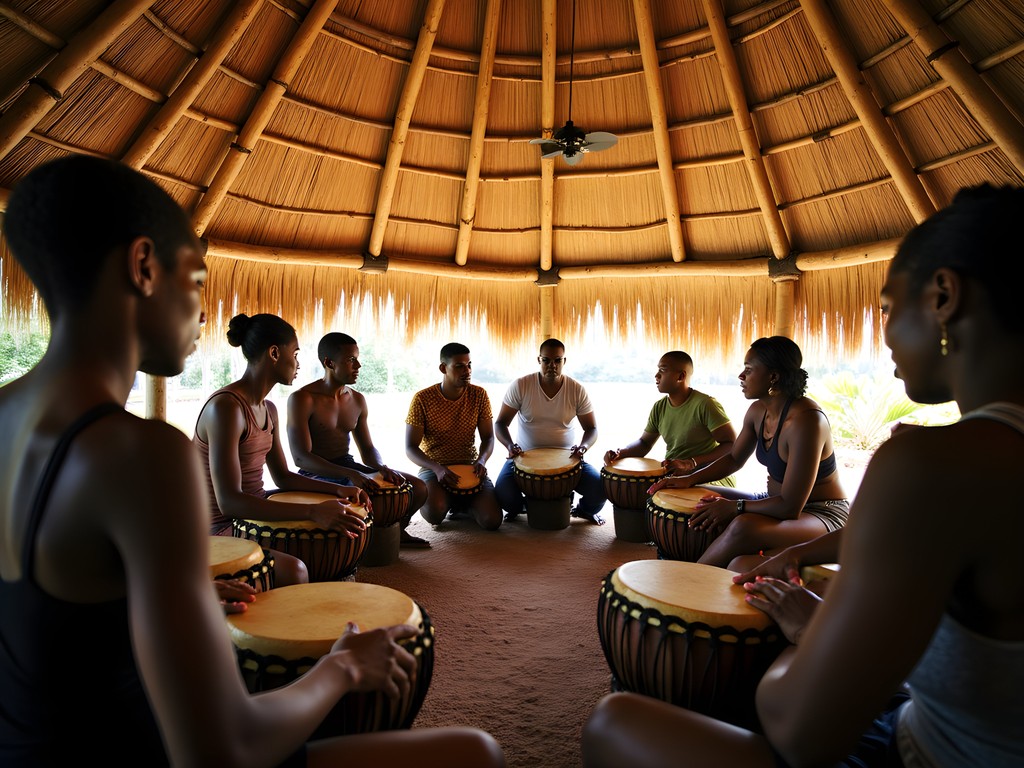
💡 Pro Tips
- Learn basic Creolese phrases like 'Wah gwan?' (What's happening?) to connect more easily with locals
- Respect photography etiquette by always asking permission before taking photos of people, especially in markets and residential areas
- Visit local rum shops after 5pm for cultural immersion, but women travelers should bring a companion for comfort in these traditionally male spaces
Final Thoughts
As my minibus wound its way back to Cheddi Jagan International Airport, I tallied my expenses: $126 for accommodation, $70 for local transport, $180 for food (including several splurges), and about $100 for activities and souvenirs—comfortably under $500 for a week that expanded my understanding of wellness, sacred spaces, and cultural resilience. Georgetown isn't a polished tourist destination, and that's precisely its value. In its rough edges and authentic encounters, I found healing that no resort could provide. The city's ability to harmonize different cultural traditions mirrors my own journey integrating Western medical training with indigenous wisdom. Whether you're seeking budget travel, cultural immersion, or a deeper connection to traditional knowledge systems, Georgetown offers rich rewards for the mindful traveler. As we say in emergency medicine: sometimes the most powerful interventions are the simplest ones—presence, connection, and respect.
✨ Key Takeaways
- Georgetown offers authentic cultural experiences at budget prices that are disappearing in more touristy destinations
- The intersection of indigenous wisdom and colonial history creates unique architectural and culinary experiences
- Connecting with local communities provides the most meaningful and affordable experiences
- The city's sacred spaces offer opportunities for wellness and reflection that rival expensive retreats
📋 Practical Information
Best Time to Visit
December-March (dry season)
Budget Estimate
$60-70 per day including accommodation
Recommended Duration
5-7 days
Difficulty Level
Moderate
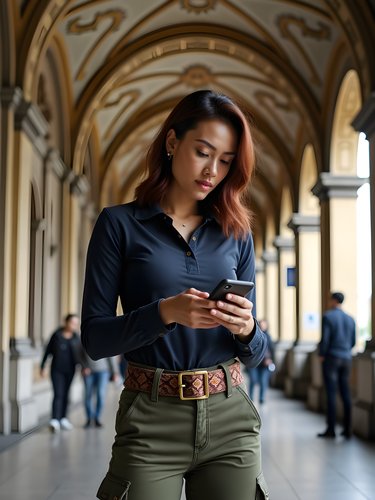
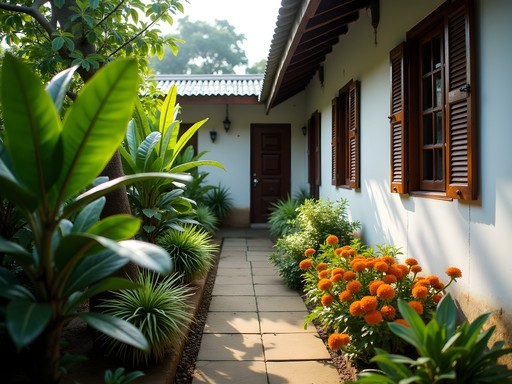
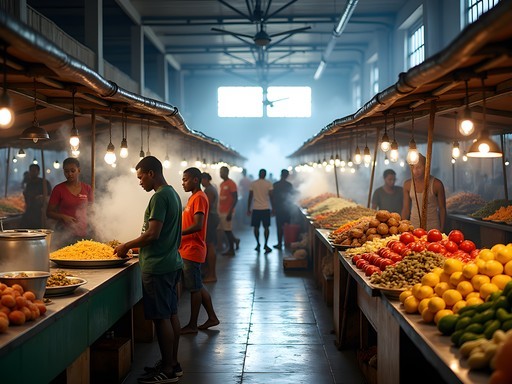
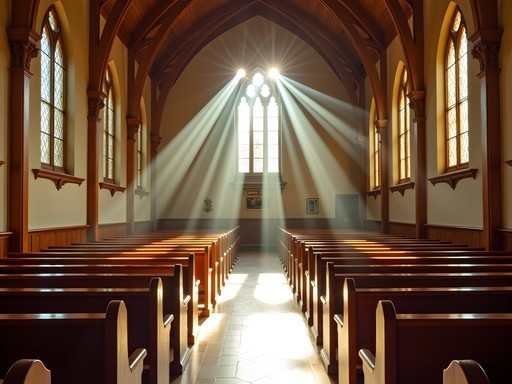
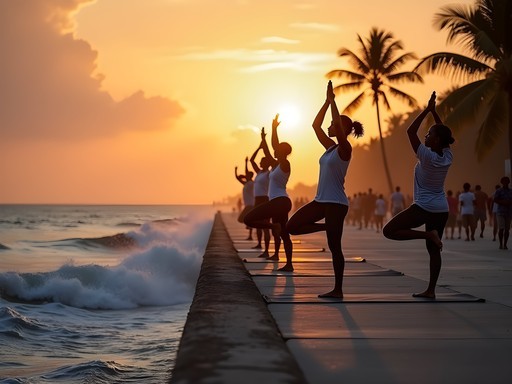






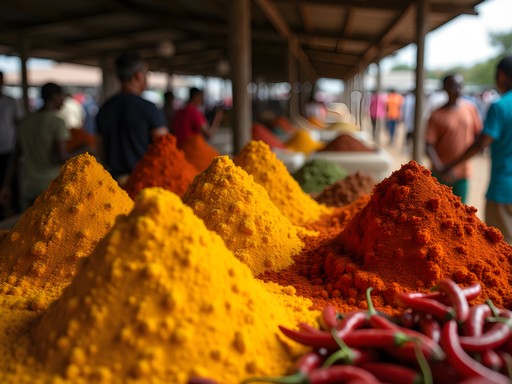
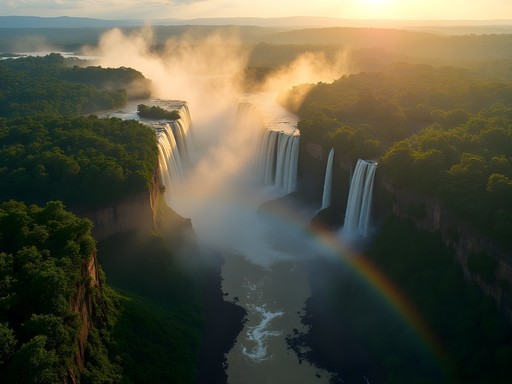
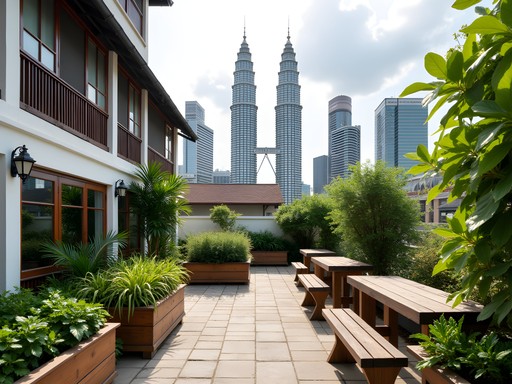


Comments
adventuremood
Did you feel safe walking around at night? I'm planning a solo trip and that's my main concern. Also, was $500 really enough for everything including flights?
Sage Dixon
The $500 was just for on-the-ground expenses, not including flights (I mentioned that in the intro). As for safety, I stuck to well-lit areas at night and was fine, but I wouldn't wander too far from the main areas after dark. During the day, Georgetown felt very welcoming!
winterking
I'd second what Sage said about night safety. Use taxis after dark - they're affordable. Day time is totally fine though!
Amit Sullivan
What a brilliant budget breakdown, Sage! Your post reminded me of my first visit to Georgetown back in the 90s when I was a young backpacker with more enthusiasm than sense. The city has changed remarkably, yet those wooden colonial buildings still stand proud. I found your accommodation tips particularly useful - when I returned last year, I stayed at that same guesthouse near Stabroek Market! One suggestion for fellow travelers: the minibus system can be confusing at first, but it's worth learning. Ask locals which number goes to your destination, and don't be shy about telling the driver when you need to stop. I used my pocket guidebook which had excellent maps of the bus routes - saved me countless times.
winternomad
Going there next month! Any tips for rainy season visits?
Amit Sullivan
I was there during rainy season last year. Bring a lightweight rain jacket and plan indoor activities for afternoons when downpours are most common. The Botanical Gardens have some covered areas, and the National Museum is perfect for those sudden showers. Most importantly, don't let a bit of rain stop you - it usually passes quickly!
winternomad
Thanks! Good to know about the afternoon showers pattern.
winterking
This post brought back so many memories! I did Georgetown on a similar budget last year. That $10/day food budget is spot on - the curry at Stabroek Market was my absolute favorite and dirt cheap. Did you make it to the sea wall at sunset? Free entertainment and the best views in the city. One thing I'd add is to bring cash - many places outside tourist areas don't take cards.
Sage Dixon
Yes! The sea wall at sunset was magical. Great tip about the cash - I should have mentioned that. The ATM fees can add up too if you're not prepared.
winterking
Exactly! I got hit with those fees my first day. Did you try the pine tarts from the bakery near St. George's Cathedral? Life-changing!
adventure_awaits
Just got back from Georgetown last week! Pro tip: the Saturday morning market at Bourda has even better prices than Stabroek for souvenirs. I got beautiful handmade crafts for half what they wanted at the tourist shops.
redexplorer
Thanks for this tip! Definitely going to check out Bourda market now.
budget_traveler_101
How was the WiFi situation? I need to work remotely while traveling.
Sage Dixon
The WiFi was spotty at my budget accommodation, but I found a few reliable cafés with decent connections. Oasis Café near Stabroek Market had the best WiFi and they don't mind if you hang out for a few hours with one coffee. I used my portable hotspot as backup which worked well in most areas of the city.
budget_traveler_101
Perfect, thanks for the info! Will check out Oasis Café for sure.
wanderlust_jamie
Those St. George's Cathedral photos are stunning! Added to my bucket list!
Sophia Gomez
Love how detailed this budget breakdown is! During my business trip to Georgetown last year, I extended my stay by 3 days to explore and wish I'd had this guide. One tip to add: the minibuses are indeed super cheap, but for anyone not comfortable with the sometimes hectic pace, I found sharing taxis with other travelers from my hotel cut costs while giving a bit more comfort. The Botanical Gardens were a highlight for me too - I spent nearly half a day there sketching the manatees and it cost nothing! Did you make it to the Backyard Café? The owner tells amazing stories about Guyanese history while you eat.
Sage Dixon
Thanks Sophia! I did visit the Backyard Café on my last day - you're right about the stories! Wish I'd included it in the post. The owner spent almost an hour telling me about the colonial architecture in the city. And good point about the shared taxis - definitely a happy medium between cost and comfort.
redexplorer
This is exactly what I needed! I'm planning a last-minute trip to Georgetown next month and was worried about the costs. Did you feel safe walking around at night? I've heard mixed things about safety there. Also, did you try the pepperpot? I've read it's a must-have dish.
Sophia Gomez
I was in Georgetown last year and felt fairly safe, but I did stick to well-lit areas after dark and usually traveled with a buddy from my hostel. The pepperpot is amazing! Try it at the Stabroek Market from the vendor with the blue awning - best I had in the city and only cost about $3!
redexplorer
Thanks so much for the tip about Stabroek Market! Adding it to my list right now.
Sage Dixon
Hey redexplorer! I stuck to the main areas at night and never had issues, but as Sophia mentioned, having a buddy is always smart. And yes to pepperpot! Also try the cook-up rice from the street vendors near St. George's Cathedral - incredible flavors for just a couple dollars!
WorldWanderer
That shot of St. George's Cathedral is stunning! Did you use a special lens?
Sage Dixon
Just my phone camera actually! Georgetown's architecture makes it easy to take great photos.
Venture X
Premium card with 2X miles, $300 travel credit, Priority Pass